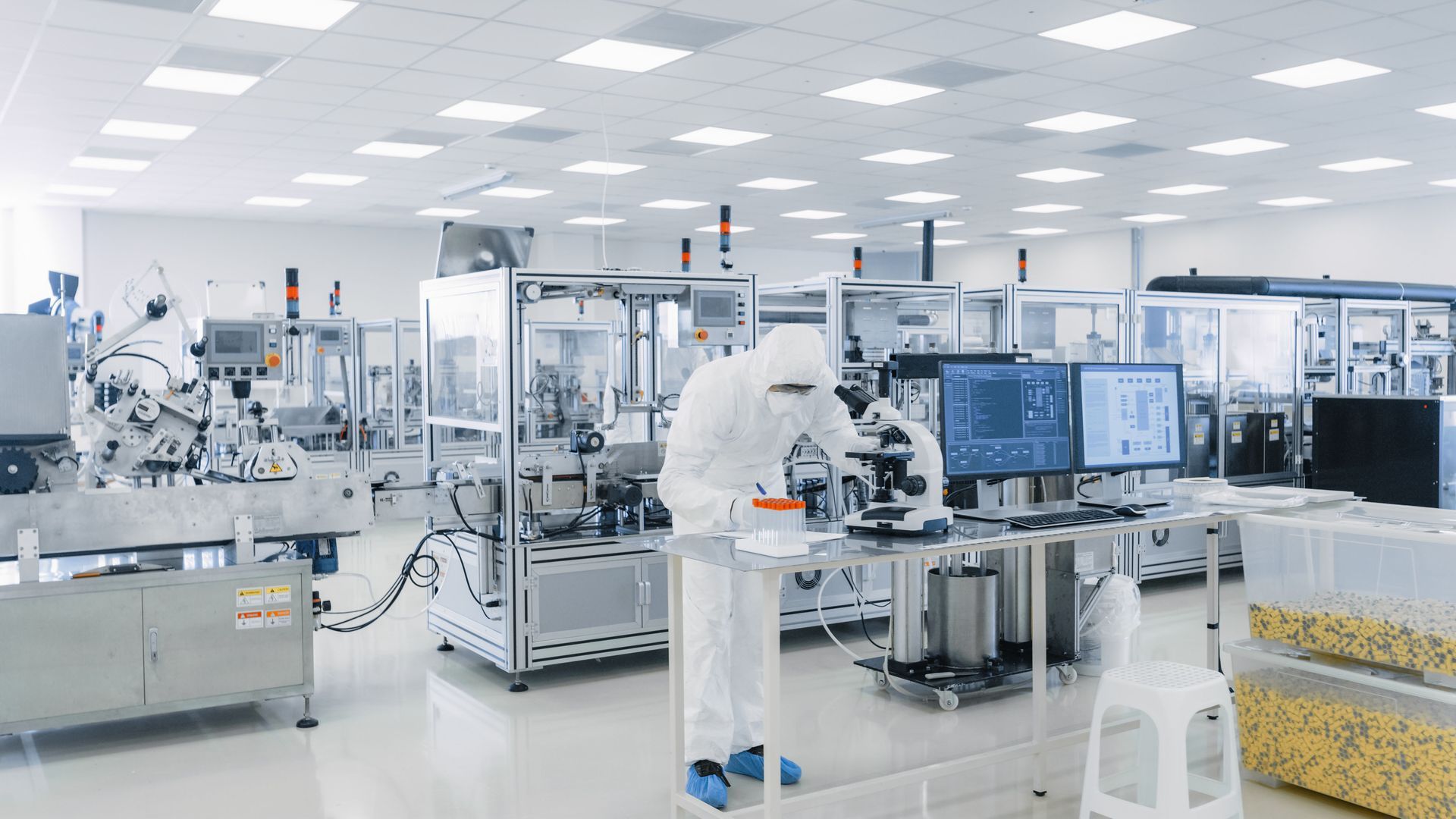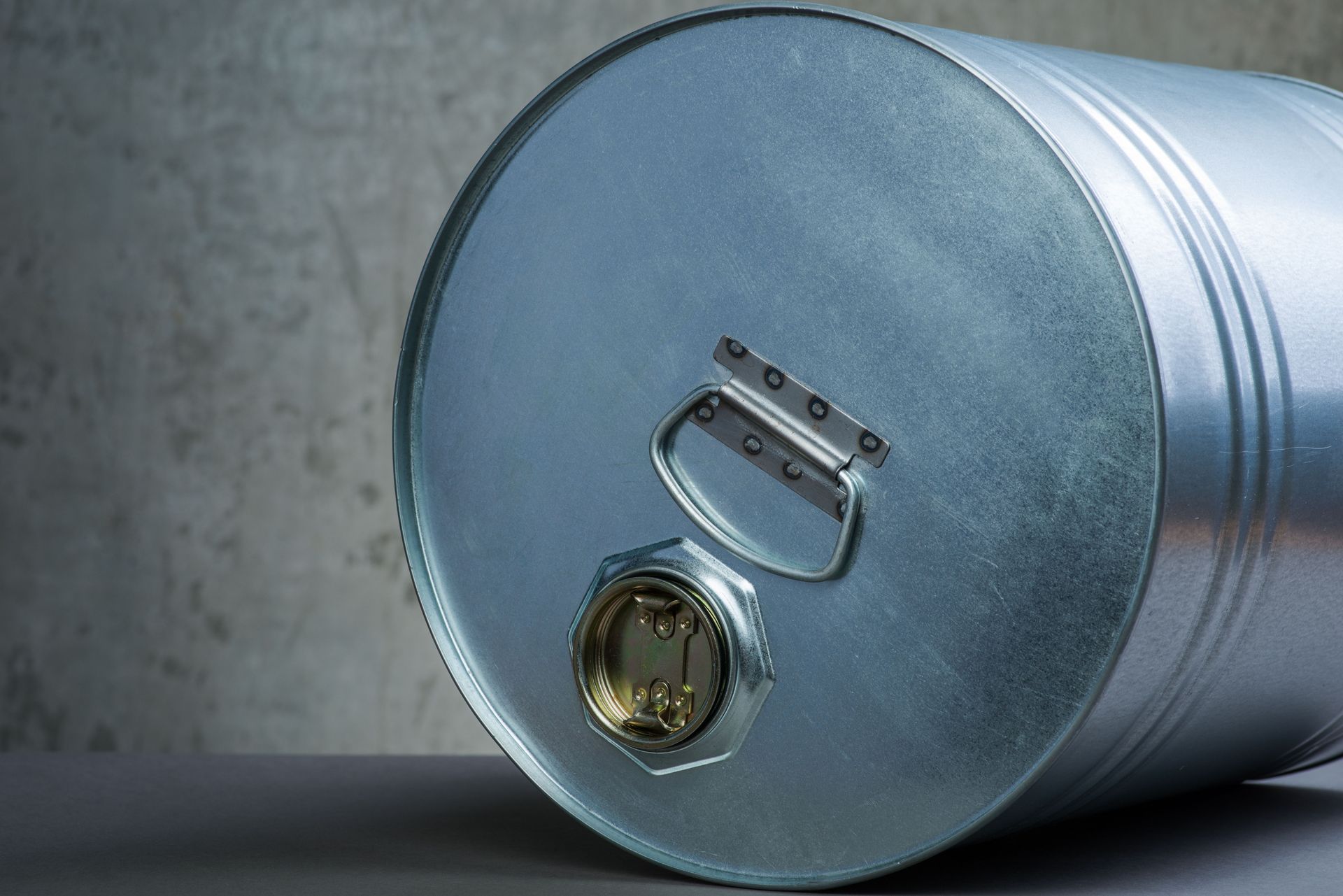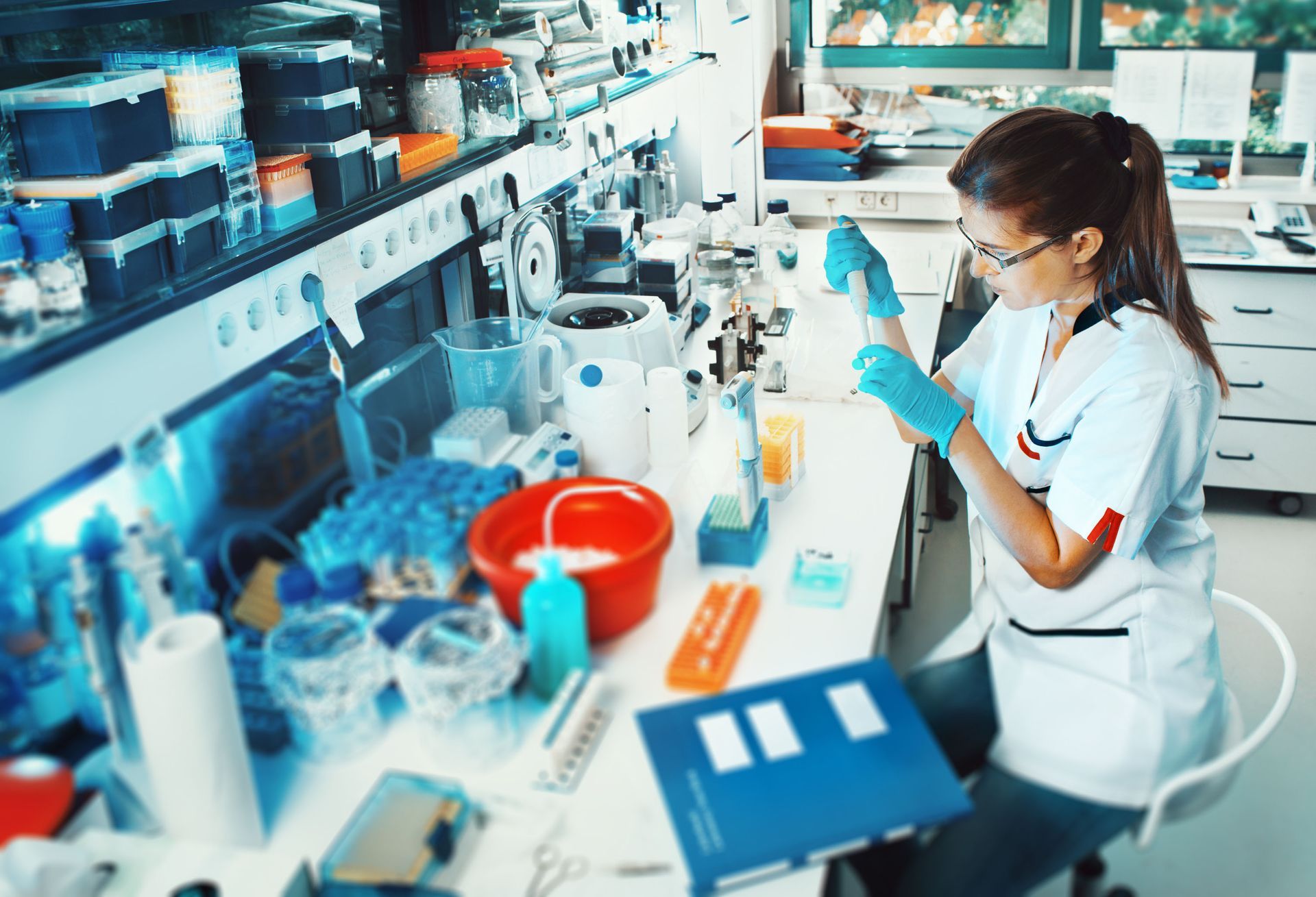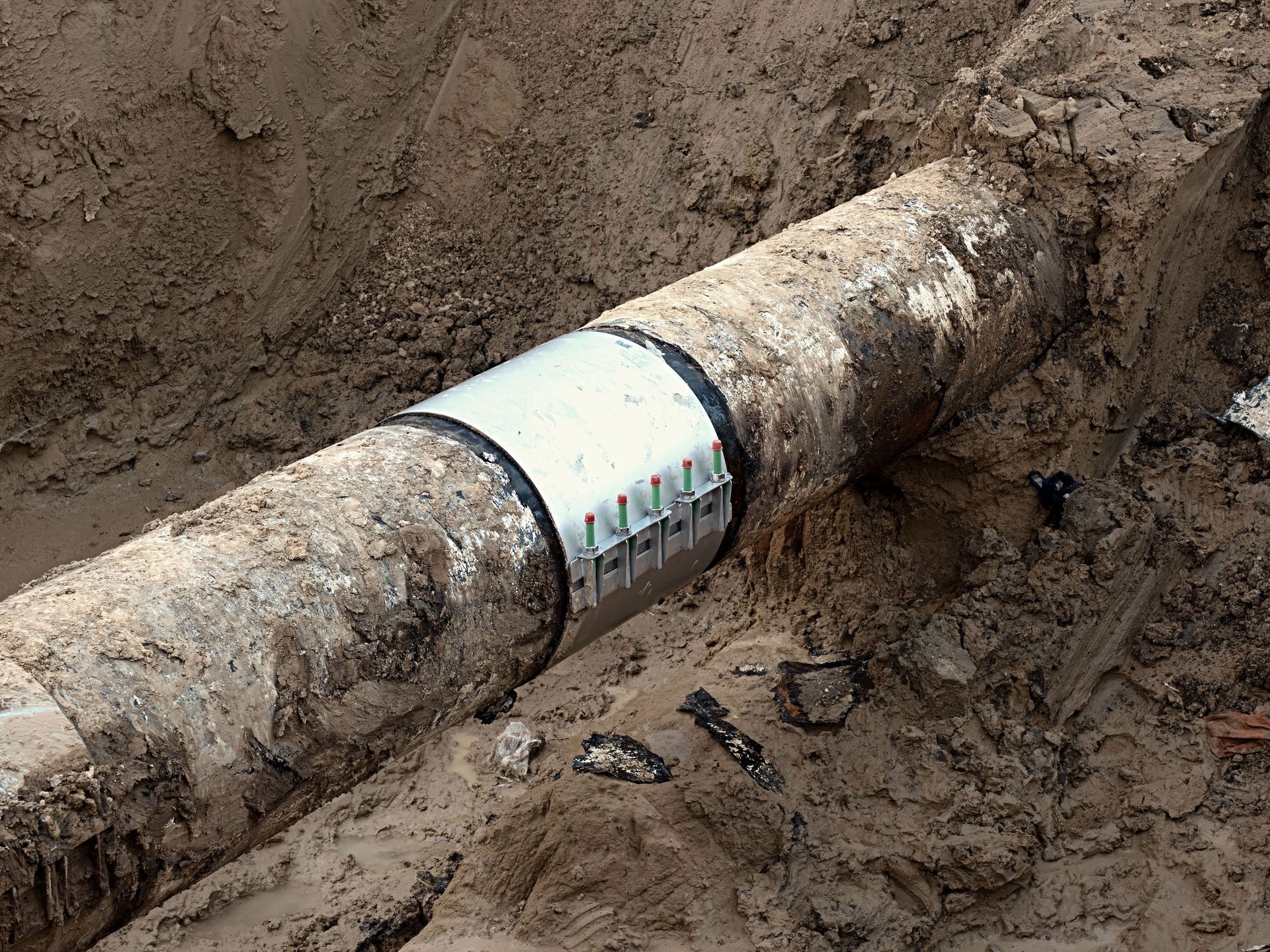November 7, 2025
In today’s rapidly evolving industrial and technological landscape, understanding why systems, products, or components fail is more important than ever. Failure analysis is the systematic process of investigating failures to identify root causes and prevent recurrence. Whether in manufacturing, electronics, automotive, or medical industries, companies rely on this practice to improve product quality, enhance safety, and optimize operational efficiency. By identifying weaknesses and implementing corrective measures, failure analysis enables businesses to save time, reduce costs, and maintain customer trust. In this article, we will explore five essential benefits of failure analysis and why it plays a critical role in modern industry.
1. Enhancing Product Quality and Reliability
One of the primary benefits of failure analysis is its ability to improve product quality and reliability. By examining failed components, engineers can identify defects or design flaws that may not be evident during initial production. Understanding these failure points allows teams to redesign products, adjust materials, or improve manufacturing processes to prevent similar issues in the future.
For instance, in the electronics industry, a component that consistently overheats can be traced back to material selection, soldering techniques, or design specifications. Implementing corrective measures based on these findings ensures that subsequent products meet higher quality standards. Over time, this proactive approach builds customer confidence, reduces warranty claims, and strengthens brand reputation.
Failure analysis also encourages the development of testing protocols and quality assurance measures that proactively catch potential issues before products reach consumers. Companies that adopt these practices can significantly reduce post-production failures, enhancing reliability and ensuring that every unit meets or exceeds customer expectations. Furthermore, when teams understand why failures occur, they are better equipped to train employees and improve processes, creating a culture of continuous improvement across the organization.
2. Reducing Costs and Minimizing Waste
Another significant advantage of failure analysis is its ability to reduce costs and minimize waste. When a product fails, the financial implications can be substantial, ranging from production downtime to recalls and warranty claims. By identifying the root cause of failures, companies can implement preventive measures that reduce the likelihood of future breakdowns.
This approach is particularly relevant in industries where materials and manufacturing processes are expensive. For example, in the aerospace and automotive sectors, a single component failure can halt production lines, leading to costly delays. Applying failure analysis helps organizations pinpoint inefficiencies, optimize processes, and prevent unnecessary material waste. Over time, this not only saves money but also contributes to sustainability goals by reducing scrap and energy consumption.
Additionally, failure analysis can identify recurring issues that may have gone unnoticed in day-to-day operations. Understanding patterns of failure allows companies to invest in targeted solutions rather than broad, inefficient fixes. This precision reduces trial-and-error repairs and prevents the accumulation of defective products, ensuring resources are used effectively. The long-term cost savings from failure analysis extend beyond materials, encompassing labor, time, and even the financial impact of reputational damage from defective products reaching the market.
3. Improving Safety Standards
Failure analysis is essential for maintaining and enhancing safety across various industries. Many failures, if left unchecked, can result in accidents, injuries, or even fatalities. By investigating incidents systematically, companies can identify potential hazards and implement safety improvements to protect employees, end-users, and the public.
In medical device manufacturing, for example, understanding why a device malfunctions can prevent dangerous outcomes for patients. According to Market.Us, the global medical device market is valued at over $450 billion, driven by an aging population and technological advancements. With such a high-stakes market, failure analysis is crucial to ensure devices function safely and effectively. Identifying and addressing failures not only saves lives but also prevents costly recalls and maintains regulatory compliance.
Beyond the medical field, industries such as aviation, automotive, and energy rely heavily on failure analysis to prevent catastrophic events. For example, analyzing structural failures in bridges, aircraft components, or industrial machinery can reveal hidden stress points or design flaws. By addressing these issues proactively, companies protect both human life and substantial financial investments. Furthermore, failure analysis informs safety training programs, helping workers understand risks and adopt best practices that reduce the likelihood of accidents.
4. Supporting Innovation and Design Improvements
Beyond preventing failures, failure analysis also serves as a valuable tool for innovation and design improvements. Analyzing why a component or system fails provides insights that can inform the development of better materials, structures, and technologies. Engineers and designers can leverage this information to create products that are more durable, efficient, and user-friendly.
For instance, in the renewable energy sector, failure analysis of solar panels or wind turbine components helps engineers identify stress points, weathering effects, or material fatigue. By addressing these issues, companies can develop next-generation solutions that perform better under demanding conditions. In essence, failure analysis transforms problems into opportunities, guiding continuous innovation and ensuring that new products surpass previous performance benchmarks.
Additionally, failure analysis encourages collaboration between cross-functional teams. Designers, engineers, and quality assurance professionals can work together to apply insights from failures to improve future projects. This collaborative approach not only fosters creativity but also ensures that solutions are practical, scalable, and grounded in real-world conditions. Over time, the cumulative knowledge gained from failure analysis can lead to breakthroughs that enhance competitiveness and differentiate companies in the marketplace.
5. Enhancing Regulatory Compliance and Accountability
Many industries are subject to stringent regulatory requirements, and failure analysis plays a critical role in ensuring compliance. Regulatory agencies often require detailed investigations into failures, particularly when they impact consumer safety or product efficacy. Documenting and analyzing failures demonstrates accountability and due diligence, which can protect a company from legal liability and reputational damage.
For example, in the pharmaceutical and medical device sectors, failure analysis helps meet FDA and ISO standards by providing evidence-based investigations into product performance. Similarly, in aerospace, automotive, and electronics industries, regulatory bodies demand comprehensive failure reports before approving products for release or continued operation. By proactively applying failure analysis, companies can maintain compliance, demonstrate transparency, and foster trust with customers and regulators. This practice reinforces a culture of responsibility and ensures that organizations remain accountable for the quality and safety of their products.
Moreover, failure analysis provides valuable documentation that can be used for audits, certifications, and risk assessments. Companies that consistently apply these practices reduce the likelihood of penalties or regulatory setbacks while showing a commitment to ethical operations. Accountability through failure analysis not only protects the organization but also assures stakeholders, investors, and consumers that safety and quality are top priorities.
Failure analysis is no longer just a reactive tool used after problems occur—it has become a vital component of modern industry. By enhancing product quality, reducing costs, improving safety, supporting innovation, and ensuring regulatory compliance, failure analysis helps organizations operate more efficiently, responsibly, and competitively. In a world where technological advancement and consumer expectations continue to rise, understanding and addressing failures is essential for long-term success.
Companies that invest in systematic failure analysis are better equipped to prevent issues, protect their reputation, and deliver products that meet the highest standards of performance and reliability. Incorporating failure analysis into everyday operations also cultivates a culture of learning, innovation, and accountability. By embracing this practice, businesses can turn potential setbacks into opportunities for improvement, ensuring sustainable growth and a lasting competitive advantage in their respective industries.
Ensure your products perform reliably and safely by partnering with Corrosion Testing Laboratories. Contact us today for expert failure analysis and testing solutions tailored to your needs.




